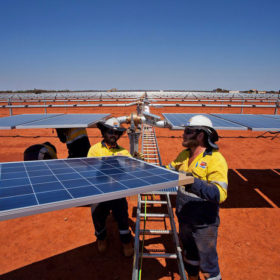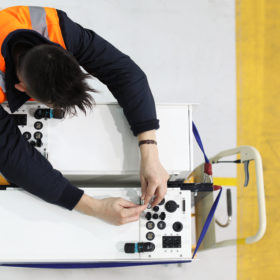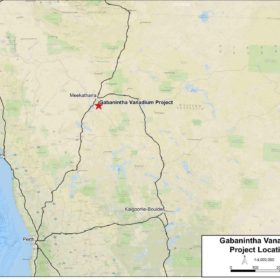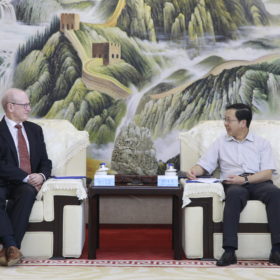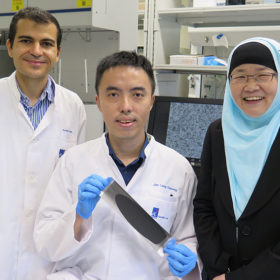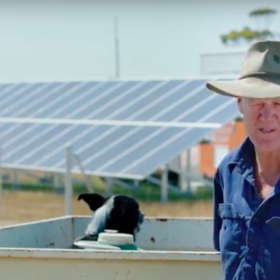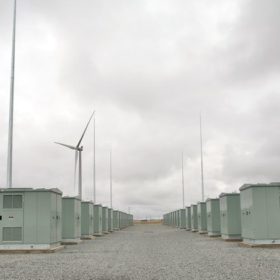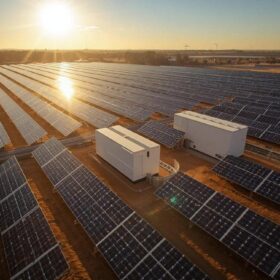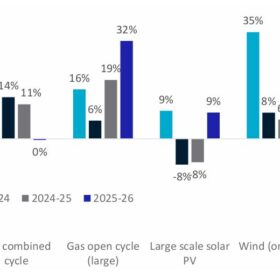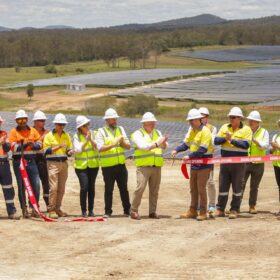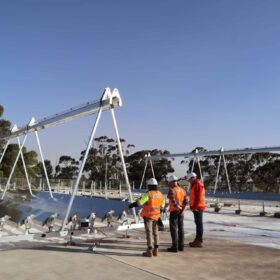Western Australia iron ore mining hub to run on solar
On the back of a landmark agreement with Alinta Energy, Fortescue Metals will use solar power for up to 100% of its daytime energy needs at the Chichester Hub iron ore operation in the Pilbara region.
Sonnen earns Australian Made label
Almost a year after the opening of its assembly and manufacturing facility at the site of the old Holden factory, German battery manufacturer Sonnen can now officially say its products are made in the land of kangaroos.
Technology Metals Australia receives grant for vanadium redox flow battery solutions
Technology Metals Australia has received a promising grant from the Australian Government for the development of its Gabanintha Vanadium Project. It is a small but sure sign of Vanadium’s strategic importance to the Australian economy when paired with renewable energy sources such as solar and wind.
Installation of one of Australia’s largest rooftop solar arrays underway
The first rows of solar panels have been laid on the roof of the Main Assembly Building at Tonsley Innovation District. The 2.34 MW solar array will ultimately work in conjunction with on-site battery storage and smart technologies as part of South Australia’s first district energy scheme.
Lyon Group and China Huadian join forces in the war on curtailment
Solar infrastructure developer Lyon Group has strengthened its ties in the Asian markets through a significant joint-venture with two of Asia’s largest energy generators. The agreement will see integrated battery storage systems utilised to reduce the risk of curtailment and increase the flexibility of renewable energy plants.
A carbon scaffold to boost lithium-sulfur performance
Scientists at Singapore’s Agency for Science, Technology and Research have developed a new method to produce lithium-sulfur based cathodes which exhibit stable performance and high storage capacity over 200 cycles. According to the agency, this represents “a promising step towards the commercialization of lithium-sulfur batteries.”
New controversial standard for battery storage sector
Two years after scrapping a draft that threatened to effectively ban the installation of lithium-ion batteries in Australian homes and garages, a new standard for battery storage sector has been released. While billed as a necessary safety measure for consumers, the new standard may make business and installation more complex for the battery storage sector.
Federal government launches $50 million microgrid funding program
Up to $20 million of grants will be awarded for microgrid feasibility studies across Australia through the first round of the Federal Government’s Regional and Remote Communities Reliability Fund. The fund aims to provide more secure, affordable and reliable power to regional communities and save “hundreds of millions of dollars” on network upgrades.
South Australia’s third big battery energized
Renewables developer Infigen has announced that the 25MW/52MWh Tesla battery at the Lake Bonney wind farm has been energised and registered with AEMO. The battery is expected to be fully commissioned by the year’s end.
“I said ‘Lord Howe!’” Iconic island to receive solar + battery storage installation
Lord Howe Island is set to finally receive a solution to its energy problems with the installation of a solar + battery storage system that will reduce its reliance on diesel fuel.
